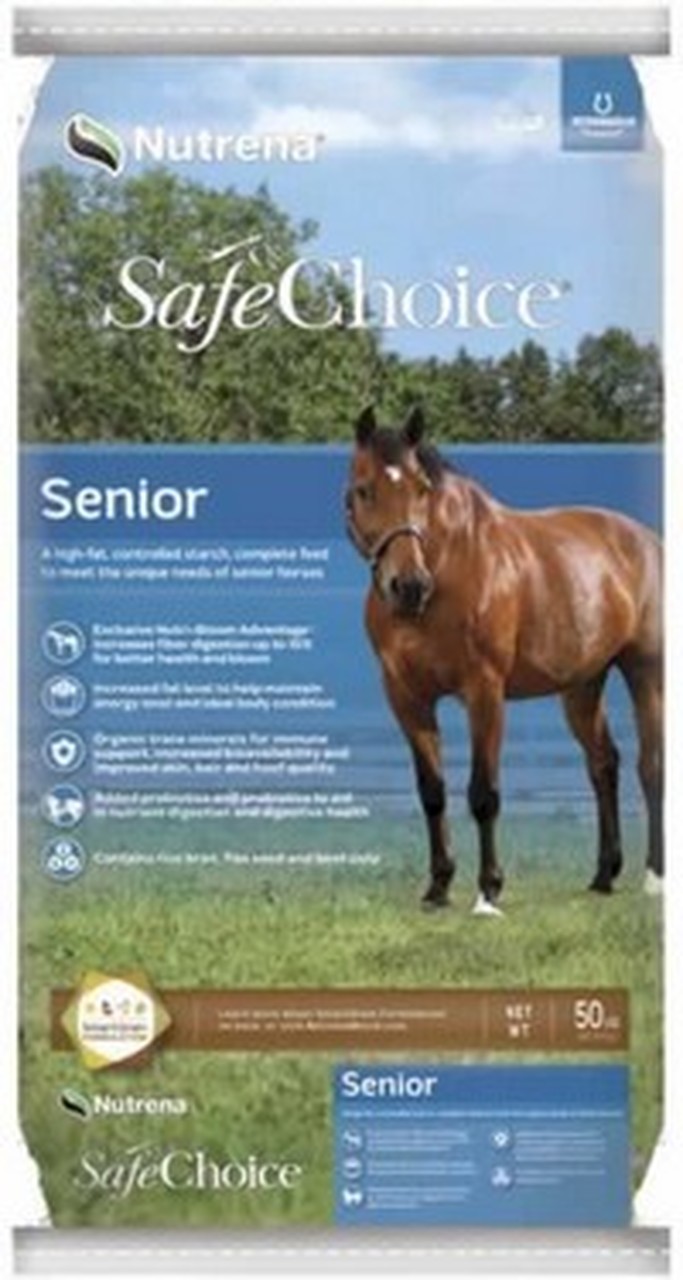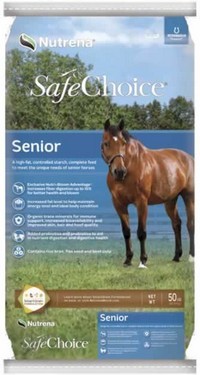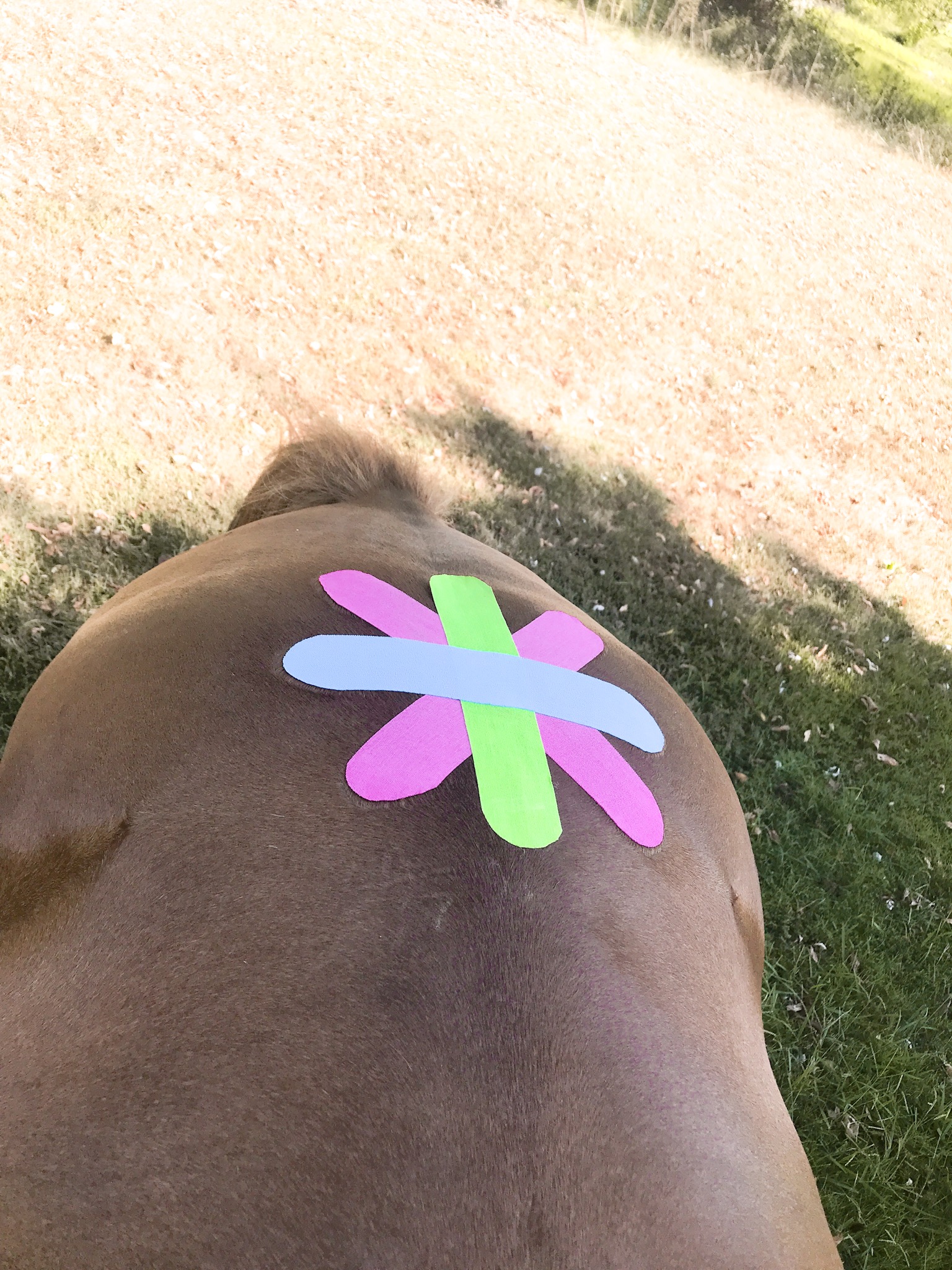
Why Safe Choice is NOT a safe choice

I’m giving you a brief breakdown of the ingredients of this feed and I’m choosing this feed first because it’s what I fed to my mare for many years. She had to be put down at 29 years of age due to something wrong internally that we never got answers of. She also had melanoma (cancer) and whatever burst and was filling with fluid inside was probably also a result of this.
So, I am picking on myself first because you don’t know what you don’t know. I certainly didn’t I thought I was doing the best for my senior when in reality I wasn’t at all. I truly wish I knew then what I have learned now but I cannot look back and can only move forward.
However, I will say that there are many people who HAVE been educated either by myself or others in the form of looking at feed ingredients. Yet they still choose to feed grains with these ingredients. Why? I can only shake my head. I do not understand this. As soon as I learned, I immediately threw the rest of the bag away!
I’ve not found a grain yet in all my searching that is TRULY healthy, with natural ingredients that a wild horse would forage and eat as well as ingredients that heal and don’t destroy the gut.
This is a very simple breakdown and you can do the additional research for yourself as well as compare it to your current bag of feed. Know better so you can DO better!
[ [ Safe Choice Senior Feed ] ]
Remember when reading an ingredient label, the first ingredient listed is the one in which is mainly in the product. Each ingredient in succession has a less amount than the one before it.
Wheat Middlings- According to the University of Missouri “Corn is fine for feeding horses, but is highly concentrated in energy. You must take care not to overfeed it. Wheat and grain sorghum (milo) are less suitable for feeding horses. Wheat is especially dangerous because it causes colic by impacting in the gastrointestinal tract.”I personally do not agree with corn being okay, either. Corn is so genetically modified that even human bodies cannot properly digest today’s corn, and neither can our horses. You will not find a horse eating corn in the wild.Wheat middlings are nothing more than a filler, and this is the first ingredient in senior safe choice. About 32% NSC value, no nutritional value and just fiber. Wheat is often an allergen for horses (like people) and causes skin issues. For more information on wheat and the grains of today, purchase the books “wheat belly” and “dangerous grains”. You’ll thank me later.
Dehydrated Alfalfa MealHigh in herbacides and fungacides, high protein. Most horses do not do well on alfalfa and develop bloated bellies and cresty necks among other things.
Dried Plain Beet PulpFiller. In many senior feeds to be a “weight builder” A well balanced diet of minerals, herbs and forage will keep even a senior horse at its proper weight. From bio equine website “”Doing some interesting research on sugar beets right now. The bottom line is do not feed beet pulp to your horses. Three good reasons. The first is Glyphosate from Round Up Ready Sugar Beets that drastically reduces the uptake of minerals and which kills bacteria in the hindgut. The second is that sugar beets are sponges for arsenic which is a problem in the Taber area where the refinery is. The third is Disodium Cyanodithioimidocarbonate (DCDIC), the chemical that is used to strip the sugar from the beets, which is a toxin and banned from use as a pesticide…but we feed it to our horses in beet pulp.”Although the ingredient list may say that it is plain beat pulp, I don’t like the process it goes through to make it plain. There are other alternatives! This is a very cheap way to “bulk up” horses for a quick sale or to make them appear to the eye as filled out and gaining weight. Much of the weight horses gain from these fillers is actually water weight. This is why you see such a weight drop when you cut grain out of the diet.
?Soybean HullsAnother filler with no nutritional value. Soybeans are high in phytoestrogens, messing with hormone and thyroid levels, full of glyphosphates (roundup) and most soybeans are now GMO, which has been proven to injure the digestive tract. Soy is a common allergen for horses. Soy is something I would never digest as a human because it messes with female hormones among other things. And this ingredient isn’t even the true soy bean itself, just the hulls. Yet another filler.
?Wheat red dog (flour)This product consists of the offal from the tail of the mill together with some fine particles of wheat bran, wheat germ, and wheat flour. Wheat red dog must not contain more than 4% crude fiber.See above for wheat on horses.*See additional sheet for information on probiotics and candida overload.I only give or recommend probitotics when horse has been chemically dewormed or on an antibiotic.
The nutrients in this feed listed below the salt are in smaller quanitites than the salt itself, which means there really isn’t any nutritional value in this or the amount of vitamins and minerals my horse really needs on a daily basis.
Artificial flavors added…..it should already taste good without having to mask it and put chemicals in that aren’t natural.
Product Dehydrated.We don’t even know what this is? What is product? An ingredient that is not explained.
Cane MolassesAdded for sulfur content and to sweeten so horses will eat it. More and unnecessary sugar.
BHA (preservative)“Butylated hydroxytoluene (BHT) is a chemical cousin to BHA that is also listed as “generally recognized as safe.” It, too, is added to food as a preservative. The two compounds act synergistically and are often used together. BHT is not a listed carcinogen, but some data have shown that it does cause cancer in animals.”
